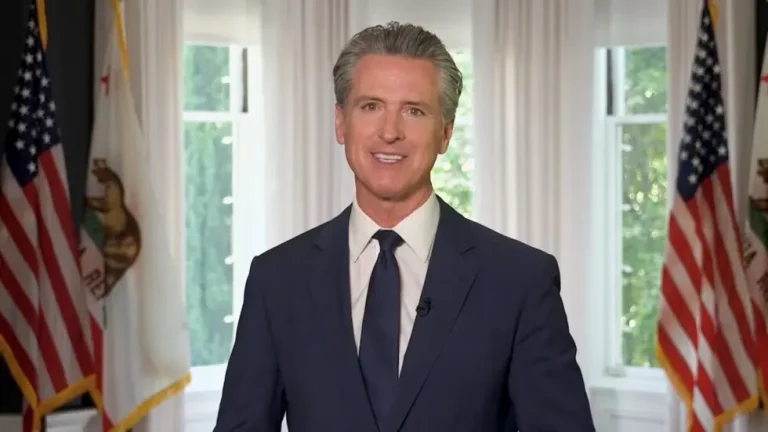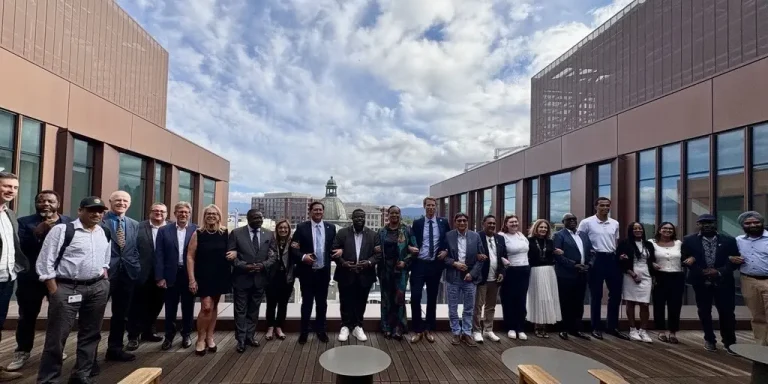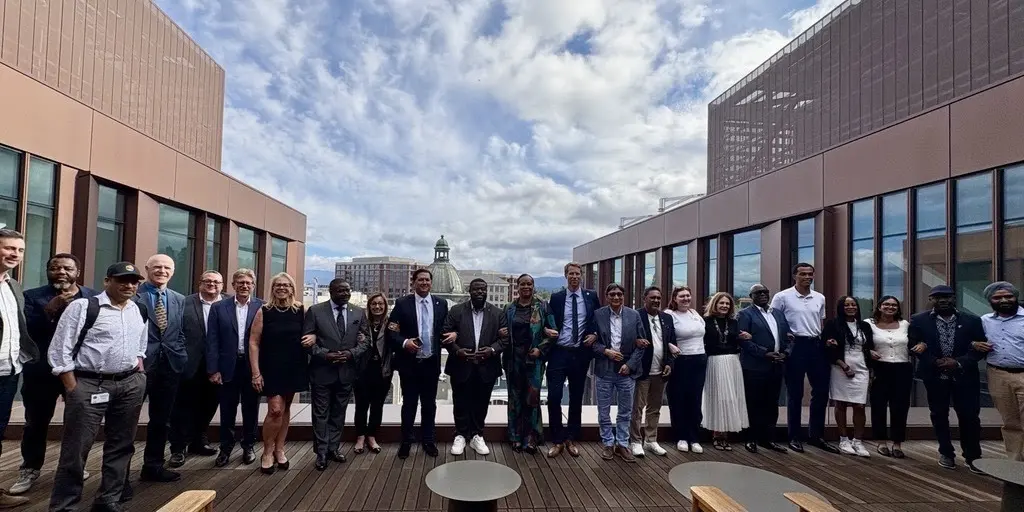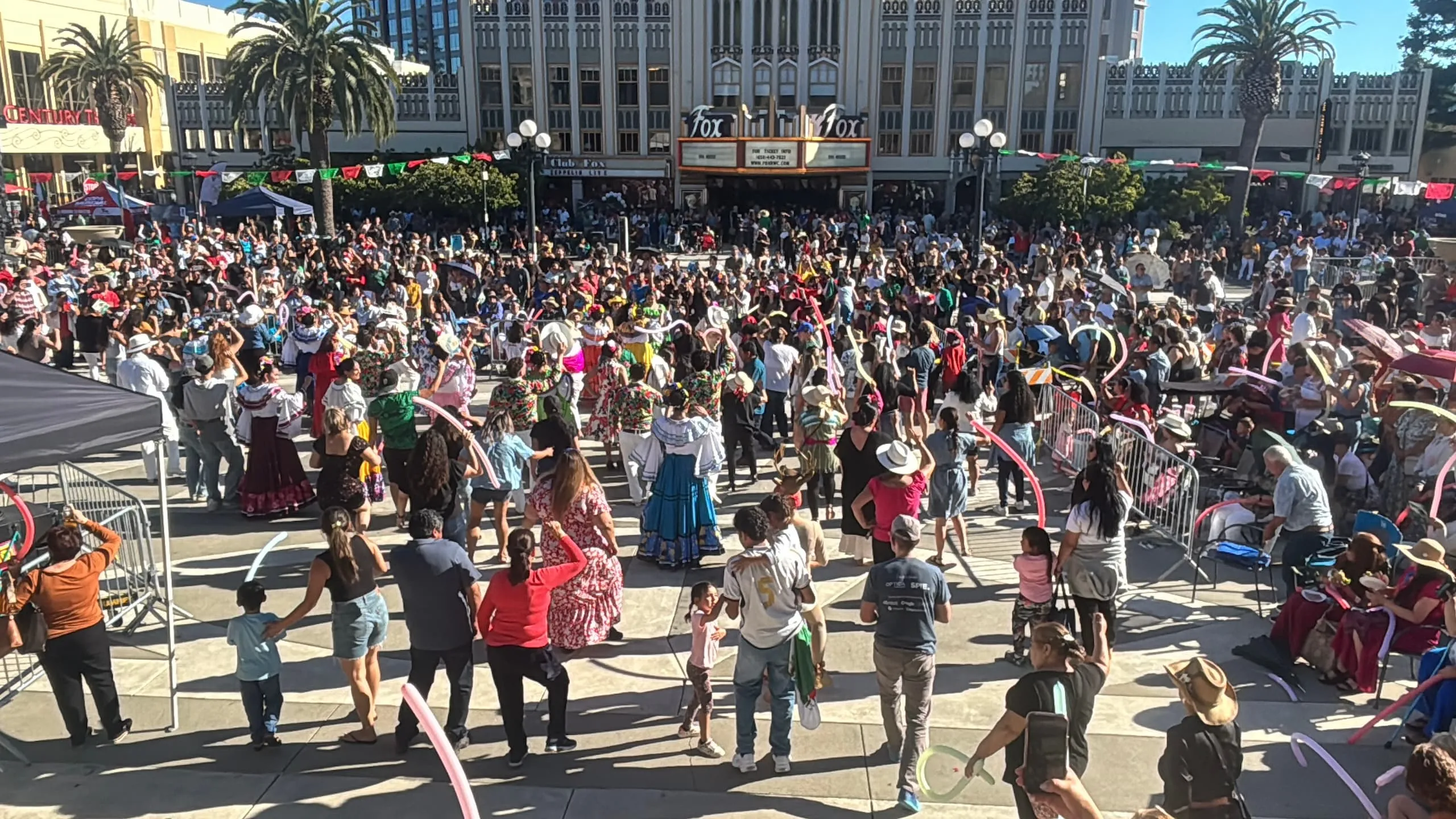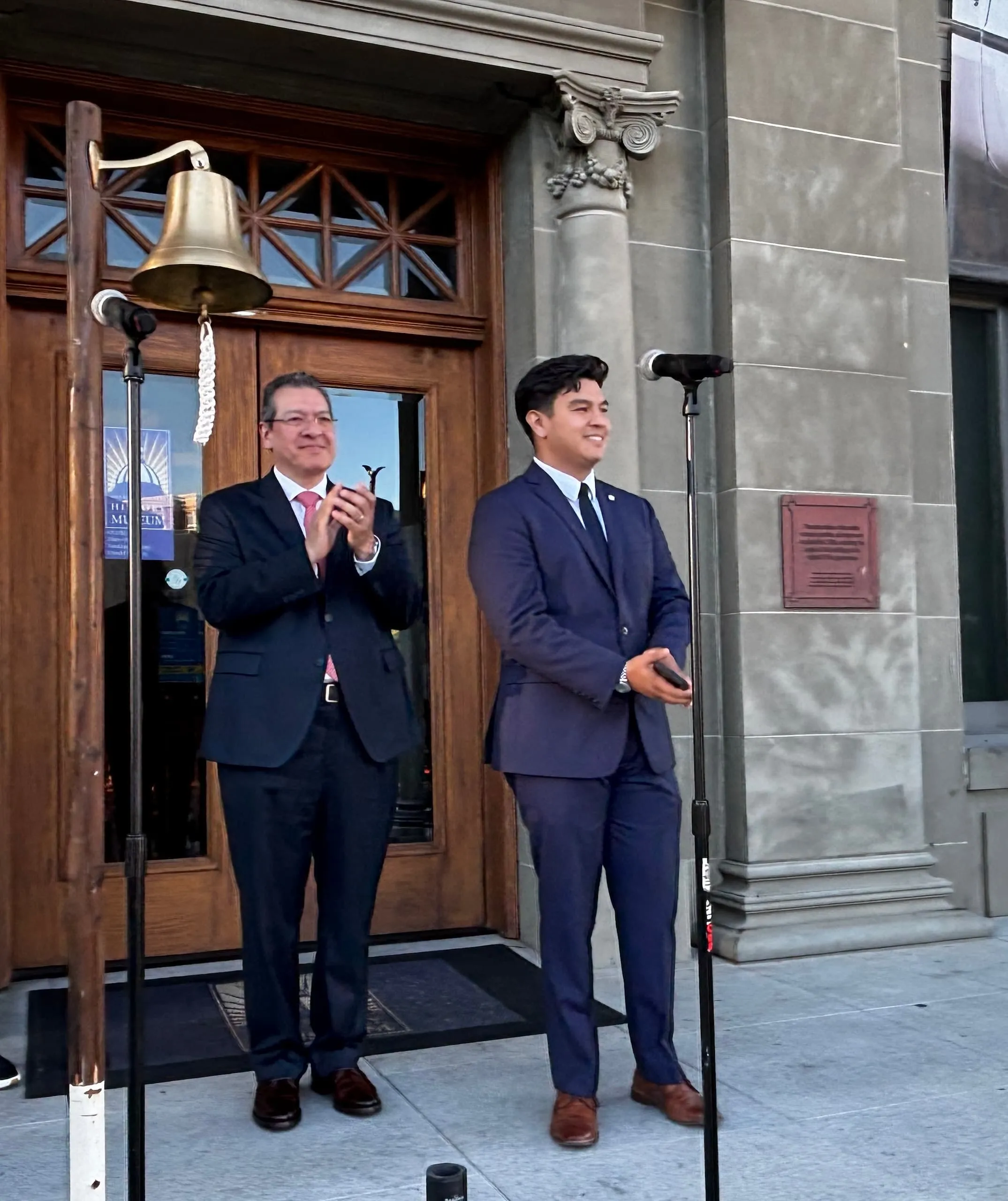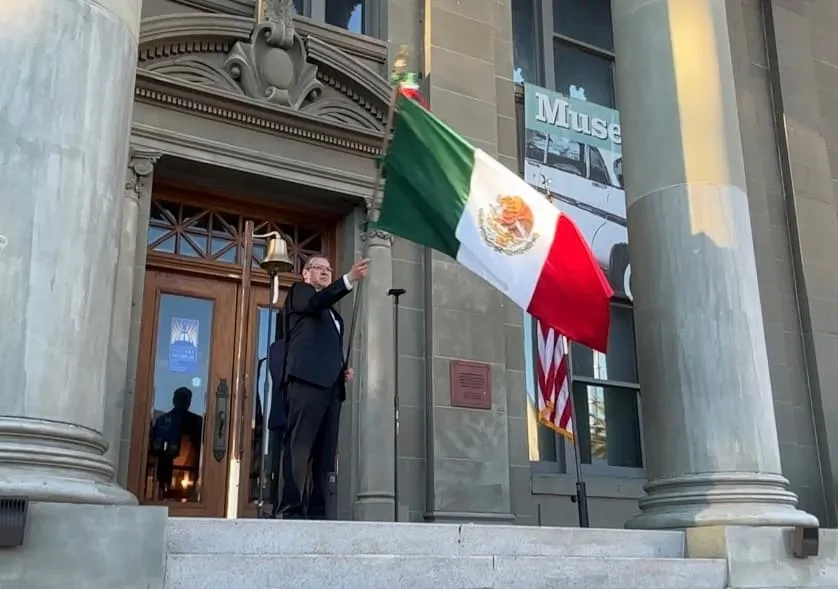
Por Jeanne Kuang y Cayla Mihalovich. CalMatters. Peninsula 360 Press.
El gobernador Gavin Newsom firmó el viernes un amplio paquete de políticas climáticas y energéticas para extender el programa de límites máximos y comercio de emisiones de gases de efecto invernadero, aumentar la perforación petrolera y permitir que el estado cree un mercado eléctrico regional en el oeste.
La reforma que Newsom y los principales legisladores negociaron en los últimos días de la sesión legislativa en medio de un intenso cabildeo la semana pasada refleja la urgencia del Partido Demócrata por preservar sus objetivos climáticos y al mismo tiempo frenar los crecientes costos del gas y la energía que han amenazado con llevar a los votantes hacia la derecha.
Los legisladores abrieron la sesión de este año declarando su enfoque en hacer que California sea más asequible, tras unas elecciones nacionales reñidas para los demócratas. El paquete energético fue fundamental para lograr ese objetivo, y los progresistas propusieron reducir los costos mediante regulaciones industriales.
Pero tras dos años declarando sesiones extraordinarias dirigidas a la industria del petróleo y el gas, Newsom comenzó a aceptarlas a medida que las refinerías anunciaban cierres que podrían disparar los precios de la gasolina. Como resultado, uno de los proyectos de ley que firmó el viernes impulsaría la producción nacional de petróleo en el condado de Kern al aprobar un informe de impacto ambiental largamente postergado para nuevos pozos.
“Tenemos que hacer una transición efectiva”, dijo Newsom en un evento en San Francisco. “No se trata de una iniciativa ideológica. Nos dedicamos a la aplicación práctica. Tenemos que manifestar nuestros ideales y objetivos. Así que esto lo explica. Pero lo explica sin imponer límites a la gente”.
La mayor parte del complejo paquete que firmó fueron proyectos de ley para extender el programa estatal de topes y comercio de emisiones, que desde 2013 ha fijado un precio a las emisiones de carbono.
El programa limita la cantidad de gases de efecto invernadero que las industrias contaminantes pueden emitir y, hasta cierto punto, permite a las empresas que reducen sus emisiones vender permisos a otras empresas que contaminan. El programa recauda fondos para muchos de los programas climáticos del estado.
La extensión deja el programa prácticamente igual, lo que decepcionó a los defensores de la justicia ambiental, quienes argumentaron que ha permitido que el petróleo y el gas sigan contaminando cerca de comunidades de bajos ingresos. En respuesta a estas preocupaciones, Newsom también firmó otro proyecto de ley del paquete que crea un fondo estatal para monitorear la mitigación de la contaminación en comunidades desfavorecidas.
También firmó dos proyectos de ley que afectan a la red eléctrica. Uno permitiría al estado crear un mercado energético regional occidental, lo que le permitiría comerciar más electricidad con sus vecinos.
Los defensores, incluidos los principales grupos ambientalistas, dicen que la idea reduciría los precios al permitir a los productores de California vender el exceso de energía limpia durante los períodos en que el estado no la necesita (cuando hace sol, pero no calor, por ejemplo), mientras que importan energía durante las olas de calor y otros períodos de alta demanda.
El otro proyecto de ley busca reducir el costo de la infraestructura de transmisión para los clientes mediante el establecimiento de un sistema de financiamiento público para la construcción de nuevas líneas eléctricas. También evitaría que los costos de mitigación de incendios forestales de algunas empresas de servicios públicos se transfieran a los clientes y reabastecería el fondo estatal para incendios forestales con $18 mil millones. El dinero, pagado por accionistas y contribuyentes durante la próxima década, se utilizará para pagar a las víctimas de incendios forestales.
El paquete que firmó Newsom deja sin abordar una preocupación inminente: el próximo cierre de refinerías. Las negociaciones realizadas al final de la sesión legislativa para mantener abiertas dos refinerías del Área de la Bahía no han dado lugar a ningún acuerdo hasta el momento.
Algunos demócratas simplemente no querían dar más a la industria petrolera, mientras que otros discrepaban sobre cuánto apoyo debería brindar el estado, según declaró a CalMatters la semana pasada la asambleísta Lori Wilson, demócrata de Suisun City. Wilson había estado presionando para que el estado apoyara la refinería Valero en Benicia, que ahora cerrará sin acuerdo a finales de año, lo que le costaría a la ciudad su mayor empleador privado.
You may be interested in: East Palo Alto se une a Zambia en diálogo sobre resiliencia climática

